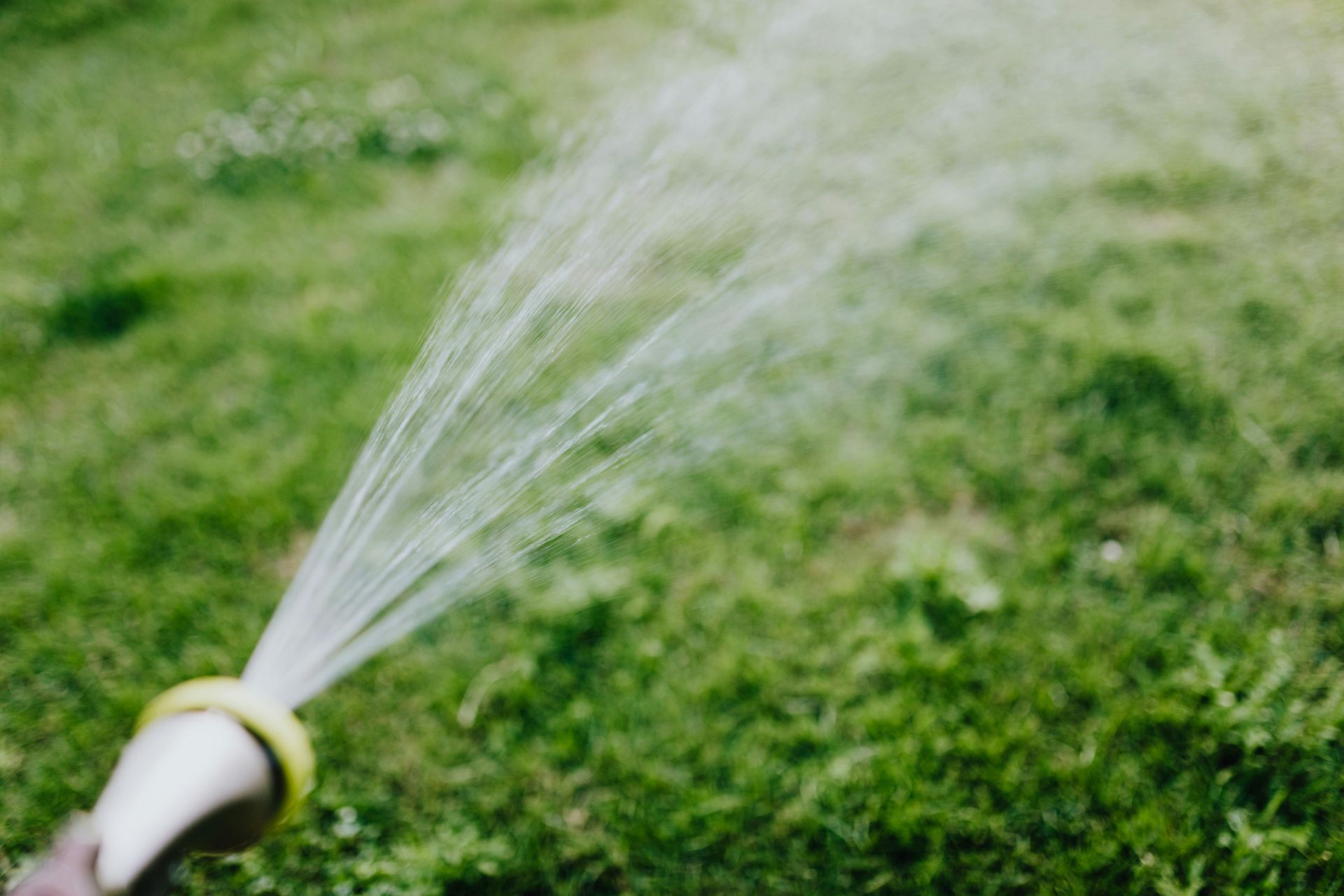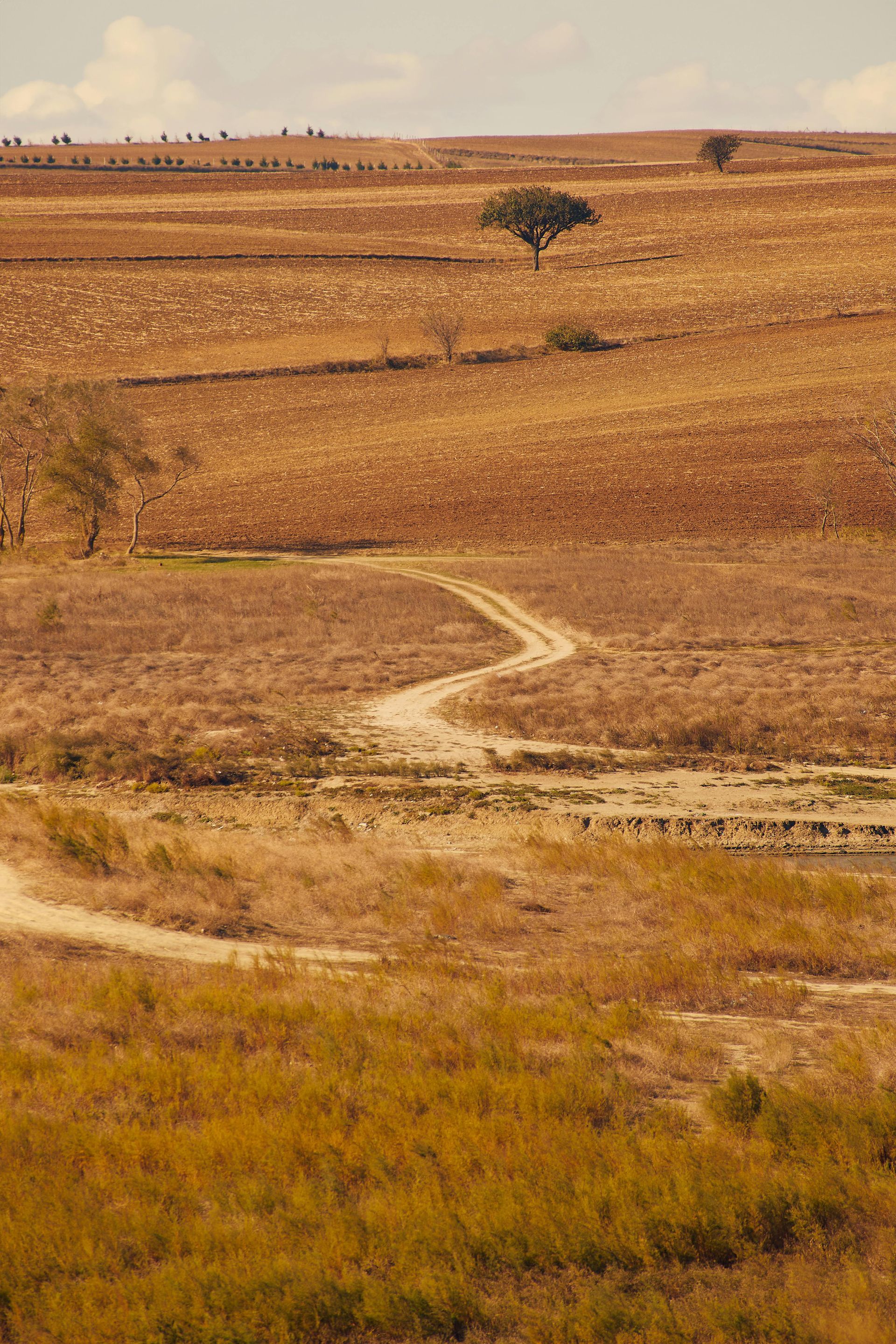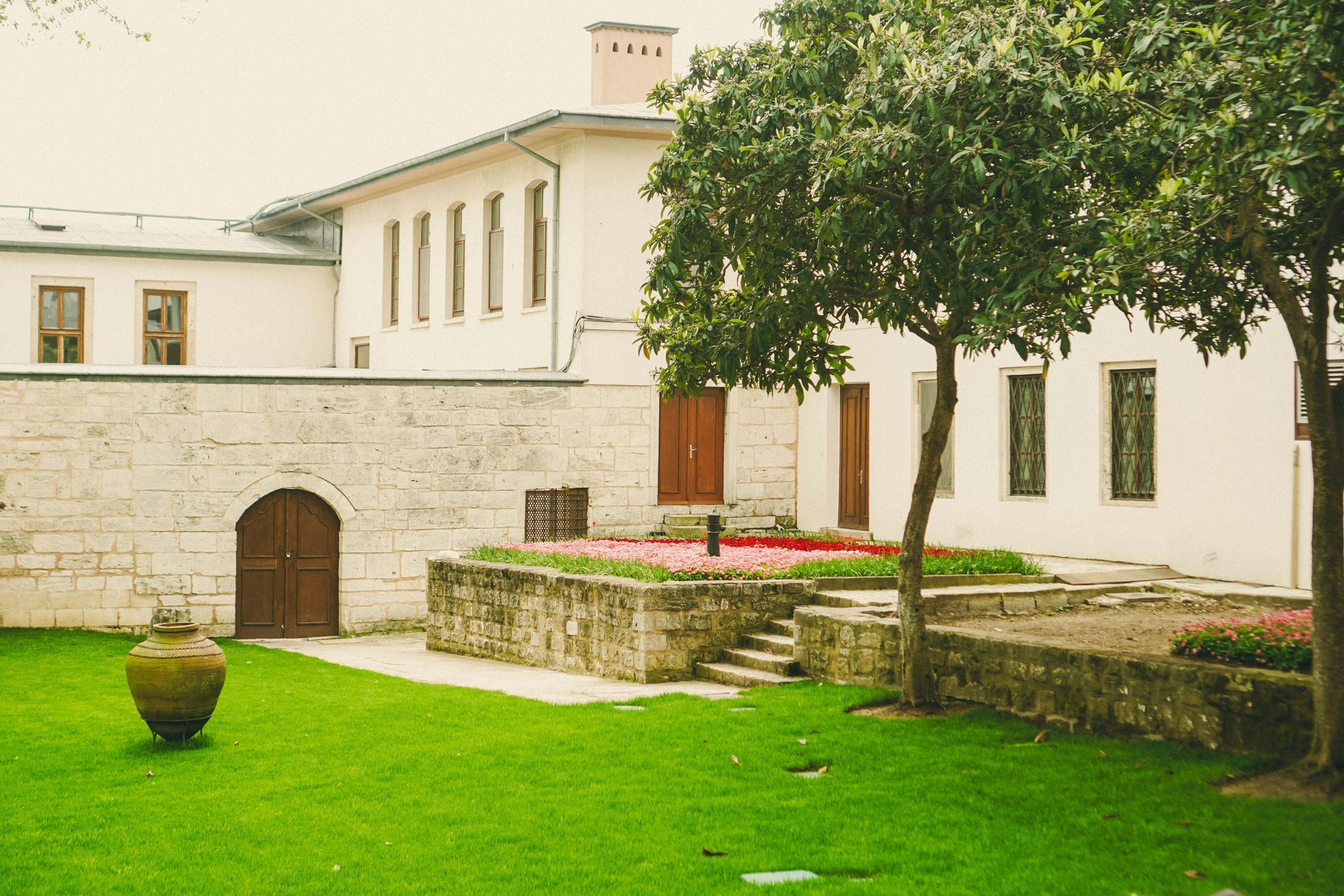Designing Landscapes for Year-Round Color and Interest
Creating a beautiful landscape that remains vibrant and captivating throughout the year is a dream for many homeowners. Whether you have a sprawling garden or a small backyard, designing a landscape that offers year-round color and interest is achievable with the right approach. Landscaping for all seasons requires careful planning, a good understanding of seasonal changes, and selecting the right plants. In this article, we’ll explore effective landscape design ideas that ensure your outdoor space stays colorful and visually appealing throughout every season.
Understanding Year-Round Landscape Design
The foundation of designing a landscape for year-round color is understanding how the changing seasons affect the plants, colors, and overall aesthetic of your garden. Each season brings its own charm, but the challenge is to design your outdoor space in a way that maintains interest even when certain plants are dormant or out of bloom.
Year-round color in landscapes isn’t just about having flowers in bloom all the time. It’s about using plants with varying textures, foliage colors, and blooming times to create a cohesive design that offers something interesting at all times. By considering the visual aspects of your garden—such as the structure, color palette, and textures—you can transform your landscape into a dynamic and vibrant space.
Landscaping for All Seasons: Creating a Dynamic Space
Landscaping for all seasons is all about embracing the beauty of each time of the year and designing your garden to make the most of what each season offers. To achieve this, it's crucial to focus on both perennial and evergreen plants, ensuring that there’s always something to look forward to. For example, spring flowers might bloom in early spring, while winter berries or evergreens can bring color and interest during the colder months.
Think about how your garden can adapt as the seasons change. For instance, a bed of colorful perennial plants will provide blooms from spring through fall, while evergreen shrubs and trees can maintain their presence and create a strong visual foundation during the winter. You can also add seasonal interest through features such as outdoor sculptures, water elements, and garden ornaments that stand out year-round.
Seasonal Landscaping Ideas to Keep Your Garden Thriving
Seasonal landscaping ideas are essential to keeping your outdoor space lively throughout the year. By selecting plants that thrive in different seasons, you can maintain a steady flow of interest in your landscape. Here are a few tips to keep in mind:
Spring
In spring, focus on the arrival of fresh blooms and vibrant colors. You can plant tulips, daffodils, and hyacinths to celebrate the season’s renewal. Also, adding early-blooming shrubs like lilacs or forsythias will enhance the transition into warmer weather.
Summer
Summer is the time for lush growth and abundant color. To keep your garden vibrant, opt for flowering plants such as roses, lavenders, or coneflowers. These plants not only provide beautiful flowers but also attract pollinators like bees and butterflies, contributing to a healthy garden ecosystem.
Fall
During fall, the colors of changing leaves take center stage. To add interest, plant autumn-blooming flowers like chrysanthemums or asters. Additionally, many shrubs and trees provide striking fall foliage, such as maples and oaks, offering rich red, orange, and yellow hues.
Winter
Winter landscaping can still be colorful and engaging. Incorporate evergreen trees and shrubs to provide structure and texture. Additionally, plants with ornamental winter berries, such as holly or winterberry, can bring vibrant red and orange colors to the cold months. Don’t forget to add architectural elements like a birdbath or statue to create visual interest even when the plants are dormant.
Garden Design for Year-Round Interest
To ensure your landscape remains appealing through the year, it’s important to think about the design from a holistic perspective. Garden design for year-round interest involves layering different elements that will offer variety in form, color, and texture.
First, consider your landscape’s structure. Hardscape features, such as walkways, patios, or garden walls, offer permanence and a strong framework around which plants can be layered. Combining different heights, shapes, and structures can make the space feel dynamic.
Additionally, your choice of plants should offer a combination of blooms, textures, and evergreen features. Perennial plants, which return year after year, are essential for year-round color and interest. Some of the best perennial plants for year-round color include peonies, daylilies, hostas, and ornamental grasses. These plants will bloom at different times of the year and can fill in gaps where other plants may be dormant.
Creating Colorful Landscapes with Perennial Plants
Perennial plants are the backbone of any year-round garden design. Unlike annuals, which need to be replanted every year, perennials return season after season, offering lasting color and texture to your landscape.
Some perennials bloom early in the spring, such as crocuses and primroses, while others bloom in mid-to-late summer, like black-eyed Susans or lavender. There are also perennials that provide visual interest through their foliage, even when they’re not in bloom. Hostas, ferns, and ornamental grasses are great options for filling in spaces and adding texture to your landscape.
By incorporating a variety of perennials with staggered bloom times, you can ensure that your landscape remains colorful throughout much of the year, even as different plants come and go. In addition to their beauty, perennial plants are also generally low maintenance, making them an excellent choice for homeowners looking to create a garden with long-lasting appeal.
Landscaping with Seasonal Interest: A Year-Round Garden Design Strategy
Landscaping with seasonal interest means designing your garden so that every season brings something special. This approach ensures that your garden will never feel lackluster, even in the off-season.
One key strategy is to use plants that offer multi-season interest. For example, certain trees, like dogwoods, provide striking flowers in the spring, lush foliage in the summer, and vibrant berries in the fall. Similarly, ornamental grasses like switchgrass offer movement and texture, blooming in late summer and maintaining their structure and color through the winter months.
Consider incorporating plants that provide visual interest during the winter months as well. Evergreens, with their ability to maintain their foliage throughout the year, are an excellent choice. In addition, the use of plants with striking bark or interesting seed heads can bring additional dimension to your garden during the colder months.
Best Plants for Year-Round Landscaping
When selecting plants for year-round landscaping, it’s important to focus on those that thrive in your local climate and offer interest throughout the year. Some of the best plants for year-round landscaping include:
- Evergreens: Pines, spruces, and firs offer year-round color and structure.
- Perennials: As mentioned, perennials such as lavender, coneflowers, and daylilies bring color at various points throughout the year.
- Ornamental Grasses: These plants add movement and texture, even when not in bloom.
- Winterberry and Holly: Both of these shrubs provide vibrant red berries in the winter.
- Fruit Trees: Apple and pear trees can bloom in spring and offer fruit later in the year.
- Flowering Shrubs: Azaleas, rhododendrons, and lilacs are great for adding seasonal color.
By carefully selecting plants with varying bloom times and textures, you can ensure that your landscape remains visually interesting and vibrant year-round.
Designing for Four-Season Gardens: Balancing Color and Structure
Designing for four-season gardens requires thoughtful planning. While it’s easy to focus on the plants that bloom in spring and summer, it’s important to consider how your landscape will look when the blooms have faded, and the colder months set in. One of the keys to successful four-season design is balancing plant selection with hardscaping elements like pathways, walls, and outdoor structures.
Incorporate evergreen shrubs and trees that will maintain their structure and provide color throughout the year. For example, boxwoods or hollies are excellent choices for creating a year-round backdrop. Additionally, ornamental grasses such as blue fescue or feather reed grass offer both texture and movement, even in the winter months.
Creating a year-round outdoor oasis means considering both aesthetic and functional elements that provide interest, even when your plants are not in bloom. A combination of seasonal plants, evergreen foliage, and hardscaping will help you create a garden that’s beautiful in every season.
Conclusion
Designing a landscape for year-round color and interest requires a thoughtful blend of seasonal plant selection, hardscaping, and creative design elements. By using perennial plants, evergreen trees, and seasonal features, you can create a vibrant and engaging outdoor space that remains visually appealing throughout the year.
Whether you’re looking for the perfect plants for year-round landscaping or seeking advice on how to design a colorful garden for every season, professional guidance can help bring your vision to life. At
Blossom and Oak Landscaping, we specialize in creating stunning landscapes that offer beauty, functionality, and color in every season. Contact us today to start designing the garden of your dreams.
You might also like


